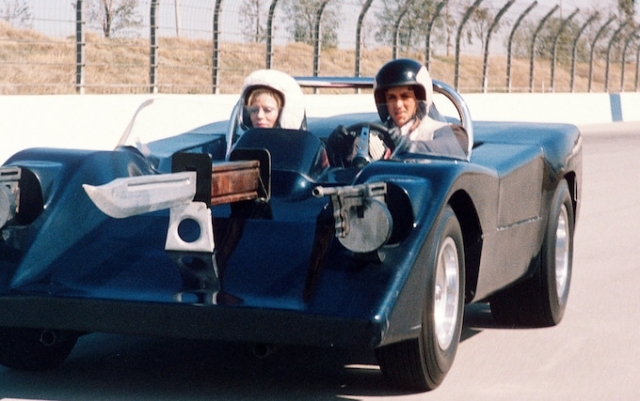 Scene from Death Race 2000 Photo: Entertainment Pictures/Alamy Stock Photo
Scene from Death Race 2000 Photo: Entertainment Pictures/Alamy Stock Photo
On a November day in 1974, producer Roger drove up Corman near the Los Angeles Center Studios complex in the city's Westlake neighborhood and drove into the building at speed. A confrontation broke out on the set of his new film, and Corman raced across town to calm the situation.
Corman used to churn out movies the way sausage factories churn out pieces of rubberized meat. However, on this rare occasion, he was keen to ensure that everything went as smoothly as possible. He had high hopes for the project, a dystopian road movie set in a crazed American future where the public is addicted to reality TV and there's a mad showman nesting in the White House.
Of course, it was a dark fantasy. But the crisis facing Corman—Hollywood's most famous curmudgeon—at that moment was very real. One of Death Race 2000's lesser-known stars threw a fit. No one, not even the director who rescued the actor from obscurity, could reason with him.
It was about naked ass. Sex and violence were two of Corman's favorite things when it came to installing seatbacks. However, while the actor in question was happy to immerse himself in fake blood, he turned pale as he showed off his buns on screen.
“Roger came to the set because Stallone wouldn’t do the scene,” recalled Death Race co-star Mary Woronov. “Roger said, 'I'm doing a movie about c*** and ass. “They compromised and pressed a towel to his butt.”
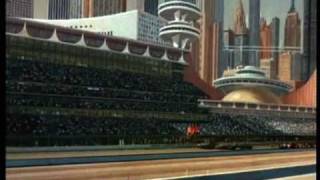
As they stood there discussing how much towel should cover a pre-Rocky character's gluteus maximus Sylvester Stallone, neither Corman nor anyone — any of his team couldn't imagine that they were filming a future classic. But that's exactly what they did. When the film was released four months later, Death Race 2000 was a brutal satire of the Hollywood industrial complex.
It was also the burning rubber that inspired future generations to make road movies. Death Race was bloody, ridiculous and smart — one of the most iconic pictures of the decade, combining exploding bags of blood and subtle social commentary as if they were always meant to be together.
Corman's masterpiece Eyes on Stalks also paved the way for Mad Max, The Running Man and the Hunger Games trilogy. These films unabashedly borrow from Death Race, which pits teams of flamboyant oddballs against each other in shocking spectator sports of the future. And Death Race received the ultimate honor of a remake in 2008, starring Jason Statham, Tyerez Gibson, Ian McShane and Joan Allen (oddly enough, Tom Cruise was a producer on the previously proposed reboot).
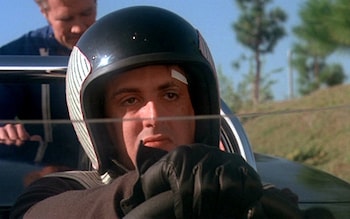 Sylvester Stallone in the 2000 film “Death Race”
Sylvester Stallone in the 2000 film “Death Race”
Dystopian thrilling death races have since become their own cliché. Yet Death Race 2000 arguably went further than any of its peers — to a Cubbrookian place where violence and satire were horribly intertwined. It features beveled pensioners and a car decorated to look like a bull goring a matador, and it fully captures its bleakness. Even the most iconic Mad Max couldn't match its excesses (Mad Max creator George Miller openly acknowledged his debt to Corman).
As in many other masterpieces, there is virtually no storyline. Racers with wrestling-style stage names race from New York to New Los Angeles. Along the way, bonus points are awarded for mowing down pedestrians. A teenager costs 40, a toddler costs 70. Women automatically receive a bonus of 10 points. However, the biggest prize goes to people over 75 — 100 points.
Aside from the shock factor, there was an impressive cast. David Carradine, Quentin Tarantino's future muse, played the anti-hero Frankenstein. Carradine, then 29, became one of television's biggest stars with the recently concluded martial arts show «Kung Fu.» He managed to negotiate an unusual deal with the notoriously stingy Corman, in which he received 10 percent of the box office receipts.
Stallone played the boorish «Machine Gun» Joe. Voronov was the driver of Calamity Jane's Wild West. Voronova was a counterculture celebrity thanks to her membership in Andy Warhol's entourage at the Factory in New York. It's doubtful Warhol could ever have imagined a canvas for her half as barking as Death Race 2000. Her car was decorated to look like a horned bull, and at one point she ran over a bullfighter, duly covered in fake blood.
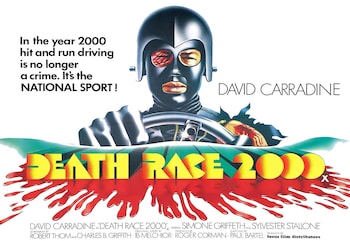 David Frankenstein's Frankenstein on the original Death Race 2000 movie poster
David Frankenstein's Frankenstein on the original Death Race 2000 movie poster
Corman didn't set out to make a satire of the entertainment industry. In early 1974, the doyen of low-budget cinema learned that United Artists was working on a dystopian sports thriller called Rollerball.
He had no idea what the film was about. But to capitalize on the hype, he decided to film his own wild riff on the idea, which will be collected for a paltry $300,000. As his source material, he chose the little-known — and not at all satirical — science fiction story «The Racer» by Ib Melchior.
“The death race was my idea. Racer had already been made as a movie,” Corman later recalled when asked about the attention-grabbing title. “But then I thought it was a science fiction picture. How can we take these words and say that this is a film of the future? This was around 1975… so let's put it at 2000.»
«It was a very serious, angry story. I thought it would be interesting if I turned it into a satirical, ironic comedy, but still retained the underlying anger.»
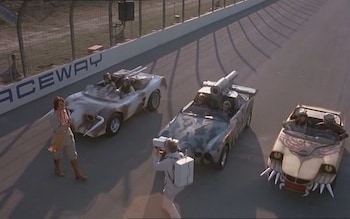 Death Race 2000
Death Race 2000
The anger, of course, remained. “Euthanasia day at the geriatric hospital,” Frankenstein gushes at one point as he and his partner Annie (Simone Griffeth) race across the asphalt. As a joke, he swerves to avoid disabled people in the middle of the road and instead knocks over screaming nurses. In another episode, a Frankenstein fan sacrifices herself by standing in the middle of an alley so he can mow her down. He does this without blinking.
Blood bags were used freely. In one scene, a stuntman playing a passerby is chased into a lake by a car. He goes down and, bang, red paint splatters everywhere. Later, the character is leisurely stretching out on the side of the road, and — bam — a «Nazi» car, covered in symbols of the Third Reich, speeds past, squishing onto his head.
Death Race 2000 is just that kind of movie — stupid, offensive, and eager to tickle the audience's nose. But it was also an action movie. Corman went to great lengths—not to mention great expense—to ensure, among other things, that the cars looked the part.
Demonstrating a knack for bargains for which he was both celebrated and despised in Hollywood, he bought a large stock of used Volkswagen Beetles. He sent them to his car designer friend.
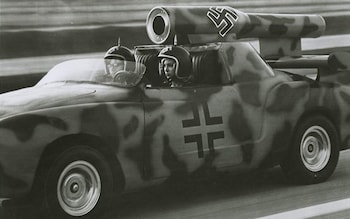 'Buzz Bomb' racer
'Buzz Bomb' racer
“I looked for a theme for each car: gangster car, western car, Nazi car. I went to a custom car manufacturer and told him I didn't have much money… All he had to do was [modify] the body, which didn't cost that much money because it was essentially just a used Volkswagen.»< /p>
Car chases are very difficult to film. Mad Max Fury Road almost fell apart in the sands of Namibia. Tom Hardy has gone on record saying that he expected it to be a mess until he actually saw it. And Curfew hit the mark by hiring original Stig Ben Collins of Top Gear to coordinate the driving scenes.
Determined to make every penny count, Corman cut out the middleman. «They basically let the actors drive the cars,» recalled second unit writer and director Charles B. Griffith. “There were no spare cars. No duplicates.”
Corman had a reputation for giving young directors a chance. Francis Ford Coppola and Brian De Palma worked with him early in their careers. He would later take on Ron Howard and James Cameron. For Death Race 2000, he hired Paul Bartel, who had worked on Corman exploitation features such as Private Parts.
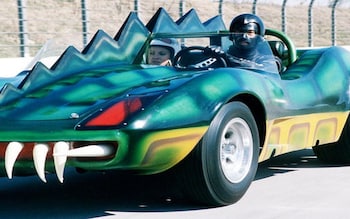 David Carradine in Death Race 2000
David Carradine in Death Race 2000
The producer knew that he and Bartel had different feelings and could clash. Barthel was a playful satirist—more artist than showman. “He had a great sense of humor,” Griffith recalled. “He saw it as satire.” «Barthel was one of the best directors I've worked with — he was very good and had a quirky sense of humor,» agreed Corman.
As Corman expected, they didn't always see eye to eye. “We had terrible problems with the script; David had to finish a series of kung fu classes before starting, and we had bad weather,” recalls Bartel, who died in 2000.
“We all worked under terrible pressure. Roger and I had significant disagreements about comedy. He removed a lot of the comedy scenes. Perhaps he was right and perhaps he was more objective.”
It was Bartel's idea to cast Stallone, who had made an impression as a street thug in the 1974 film The Lords of Flatbush. «As soon as he read it, I said this man is the best heavyweight I've ever seen,» Corman recalled during the making of the documentary that accompanied the 2010 DVD re-release of Death Race. “Then I said: I don’t see him as a leader. He's just a good heavyweight.»
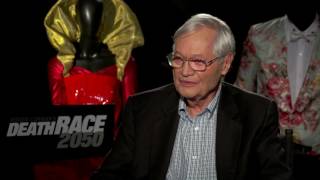
Death Race 2000 received terrible reviews. Roger Ebert gave it zero stars and was shocked by its very existence. “The murders are depicted as graphically as possible. Giant swords on the front of the cars impale victims. Others get shot down multiple times,” said the dean of American film criticism.
“It becomes what seems to have been ridiculed—a spectacle glorifying the automobile becomes an instrument of violence,” the New York Times added despairingly.
Still, the violence did not cause much outrage, and Death Race 2000 soon found its audience, earning $4 million at the box office. What's more, its reputation would grow over the decades — to the point where today it is seen as more than just a gory B-movie. It was an entertaining satire the world never knew existed — a provocative commentary on how gore , sweat and suffering are packaged and sold to the masses.
“It took people years to see it,” Griffith said. “It had to become an old painting and as a result gain respect before people saw it clearly. It’s strange… cheap B-pictures last, but A-pictures disappear.”







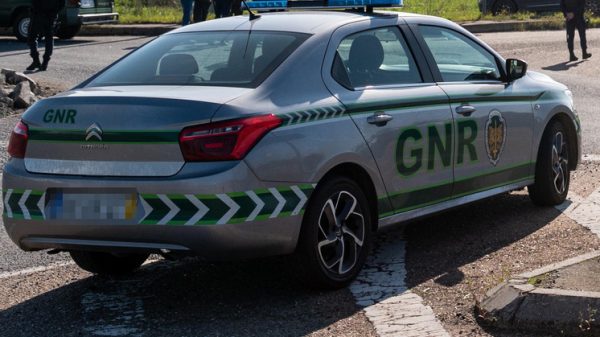
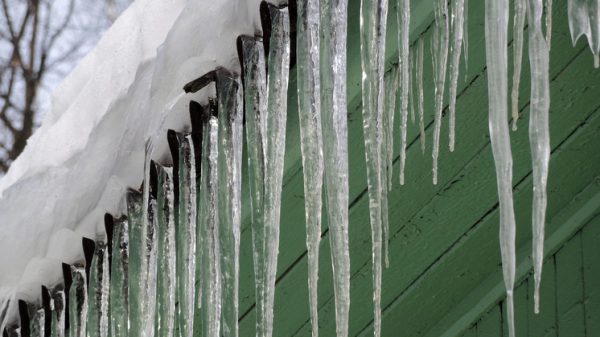
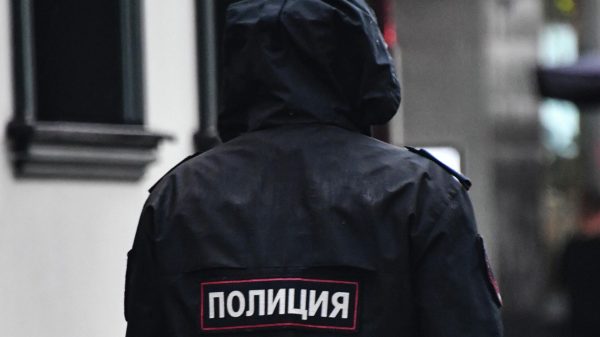




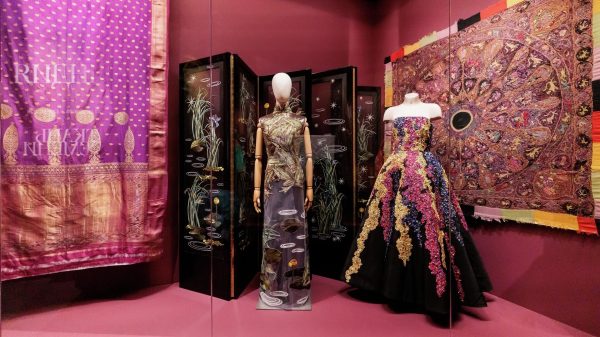
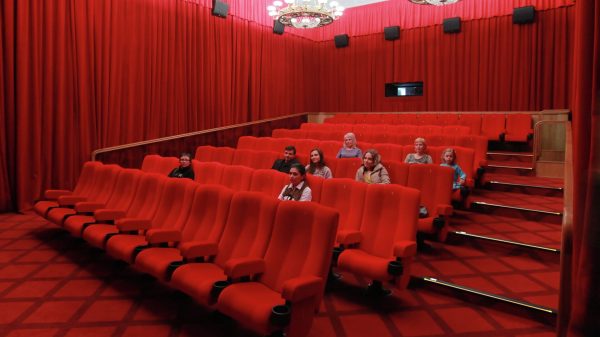
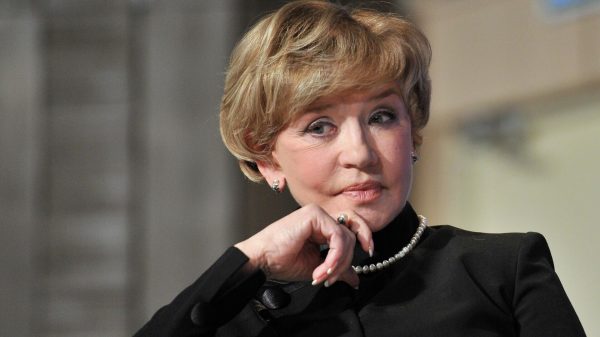
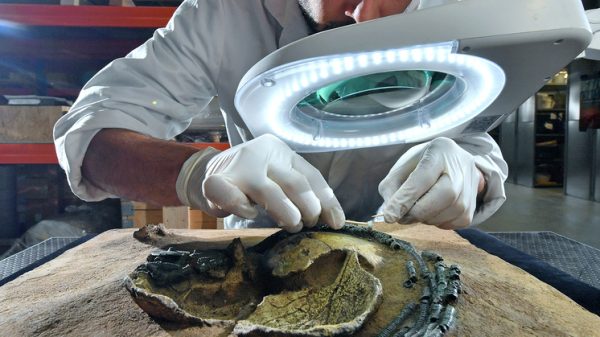












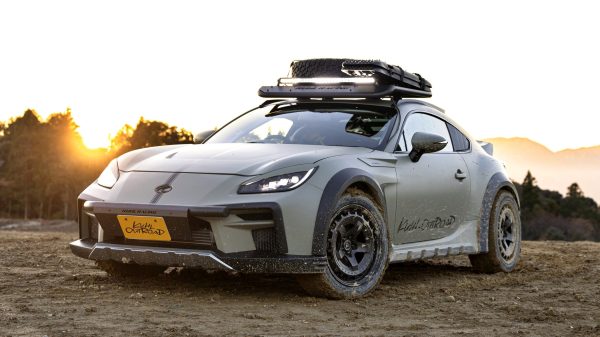






















Свежие комментарии